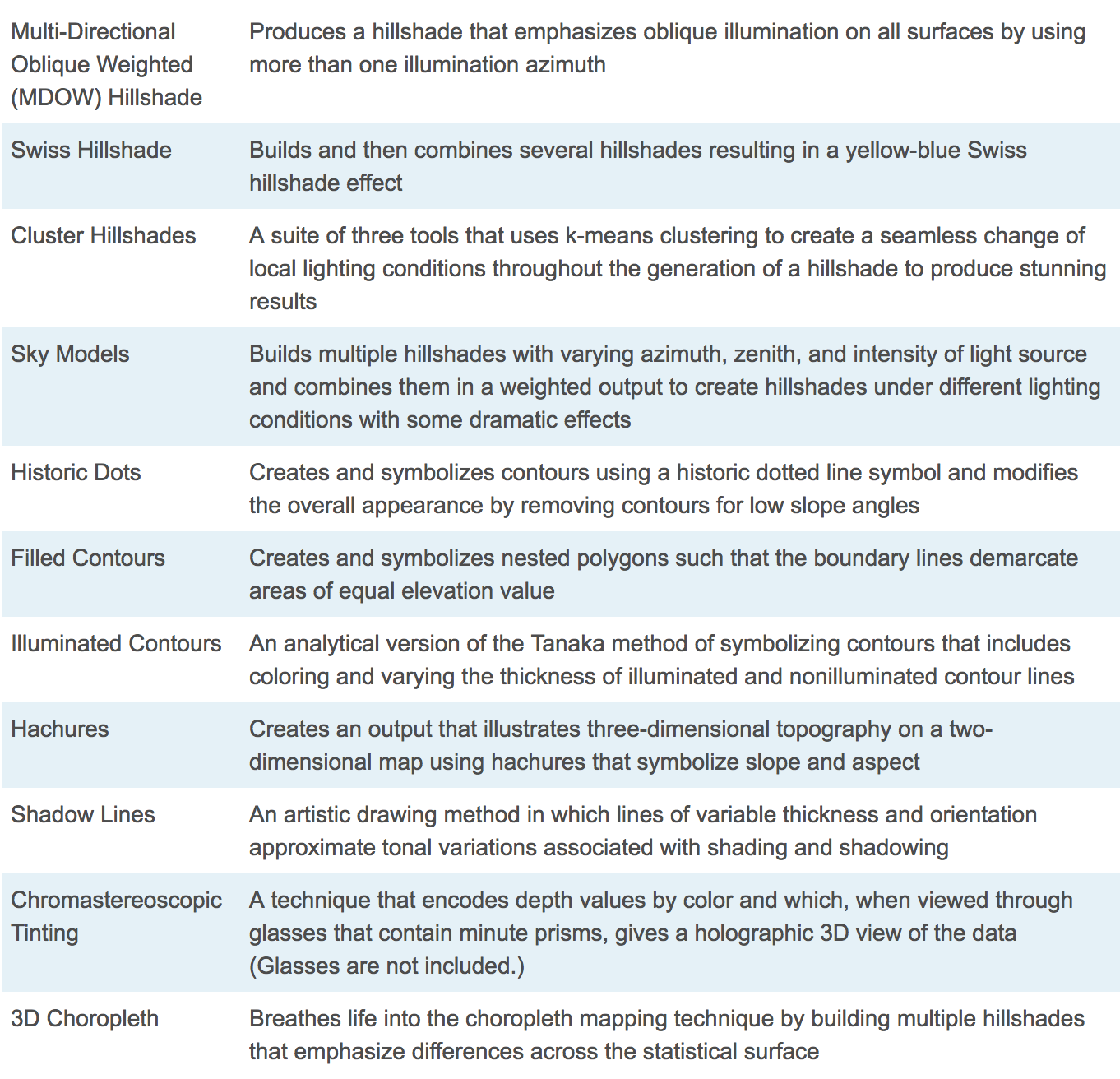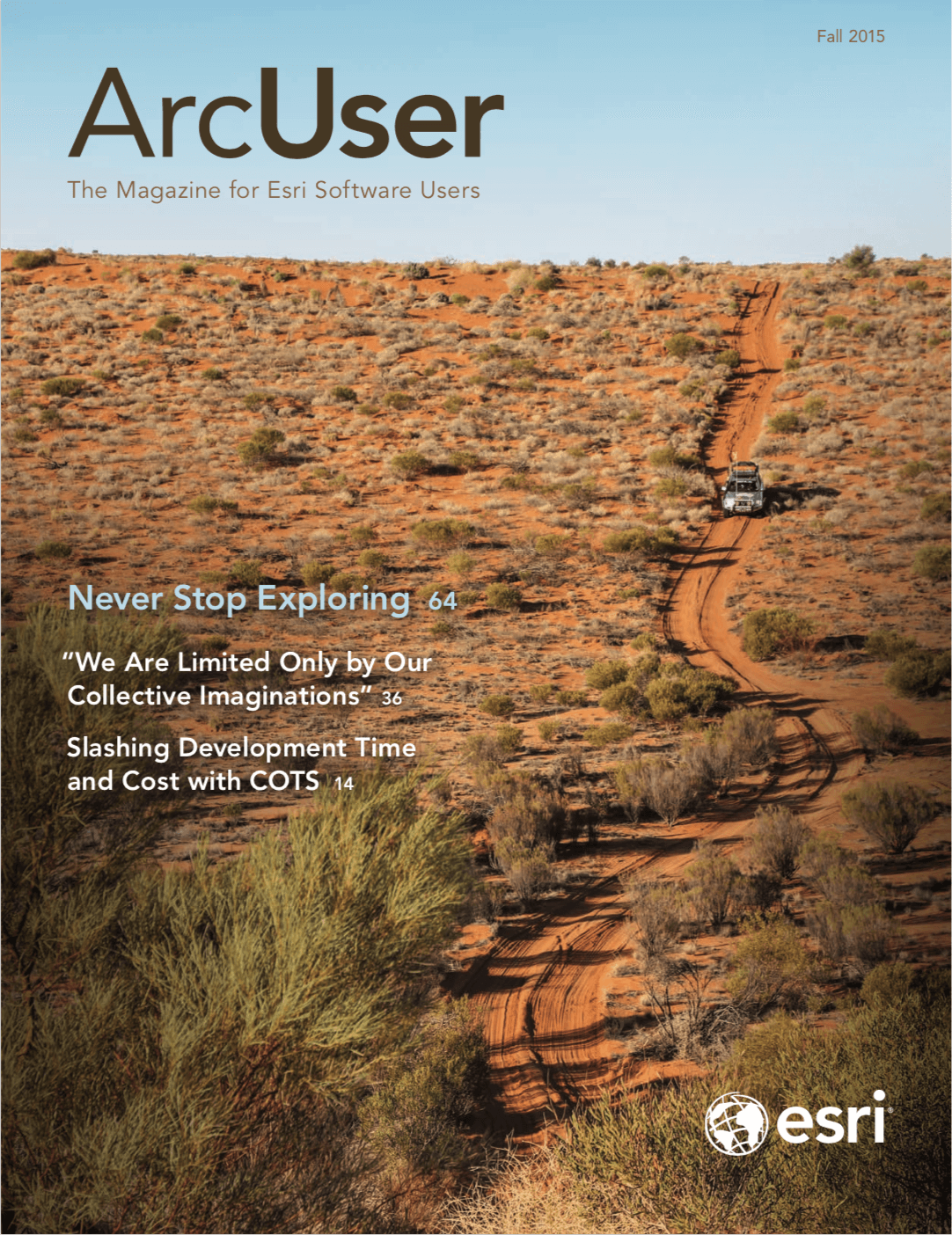
Standard techniques for representing terrain, like a hillshade, are adequate for many applications, but you may want to represent terrain under different lighting conditions or perhaps use more artistic techniques. In these cases, you might need to go a little further than creating a simple hillshade. For this reason (and because we like making tools that extend what we can do!), Esri built a new toolbox called Terrain Tools that helps you take your terrain mapping to new heights.
Cartographic research often develops techniques, models, and tools that supplement or extend what you find in software out of the box. They are often difficult to find, may be hidden in journal articles, or are cumbersome to implement.
We’ve brought together some of these ideas and workflows in the Terrain Tools toolbox, which provides capabilities for creating alternative terrain representations in both ArcMap and ArcGIS Pro. Terrain Tools encourage you to be more creative by extending your out-of-the-box toolkit for representing terrain in GIS. They will help you think more critically about design choices and how to go beyond the defaults.
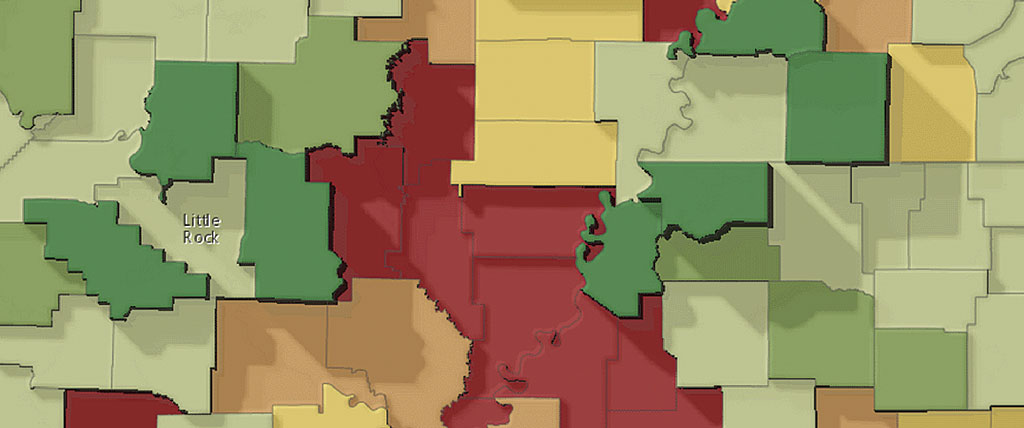
You can download Terrain Tools Sample, a ZIP file that contains the toolbox, sample data, documentation, an ArcMap map document, and an ArcGIS Pro project from ArcGIS Online. The map document and ArcGIS Pro project also include results layers so you can see how the tools work before you use them on your own data.
It’s important to note that the sample results use the default output. They are a starting point. Many of the tools give you the flexibility to modify parameters and customize your own output. The documentation is in workshop format that includes a discussion of each tool and instructions for use. Because the tools are written in Python, they can be viewed, modified, and used as a starting point for further development.
The Terrain Tools Sample incorporates a few previously available tools originally built as models using ModelBuilder that have been rewritten and optimized as Python scripts, which improves their stability and processing speed. In addition, new tools have been either written from the original published algorithms or optimized as Python scripts from code samples.
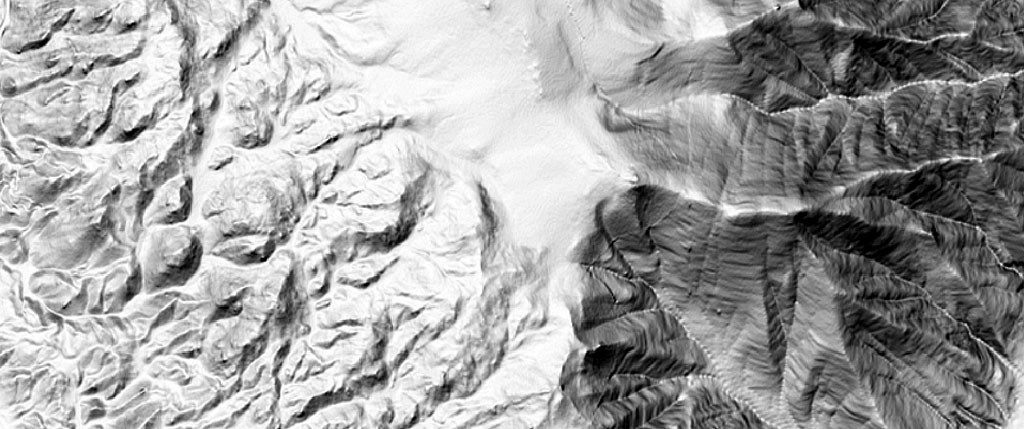
One of the highlights of Terrain Tools is the new Cluster Hillshade, which provides you with the ability to make spectacularly detailed and artistic hillshades with your own data. This is just about as close as you can get with an automated process to classic hand-drawn hillshading—and all from just a digital elevation model (DEM) input and a mouse click. One tool lets you use the Tanaka method for creating illuminated contours and filled contours.
Thematic maps haven’t been ignored. It’s perfectly possible to run the tools for any input raster (e.g., a statistical surface rather than a DEM), but there’s also a specific 3D Choropleth tool that is useful for adding depth to a choropleth map by encoding a second piece of information or as a way to see variation within a single class interval.
There are plenty of tools to explore. The scripts are entirely open to being customized further. Table 1 lists what is included in the Terrain Tools sample.
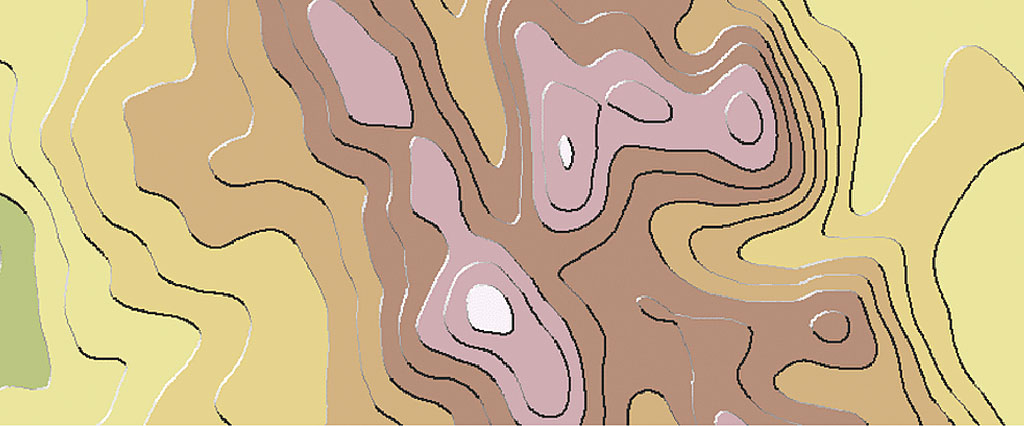
We’re indebted to a number of key researchers who assisted in the development of these tools. You’ll find references and links to their original work in the documentation and the tool help.
Get the Terrain Tools Sample 1.0 beta from ArcGIS Online. Enjoy using these tools whether you’re looking for a more advanced hillshade or something a little more artistic. Use them as a starting point for inspiration and share your efforts!
